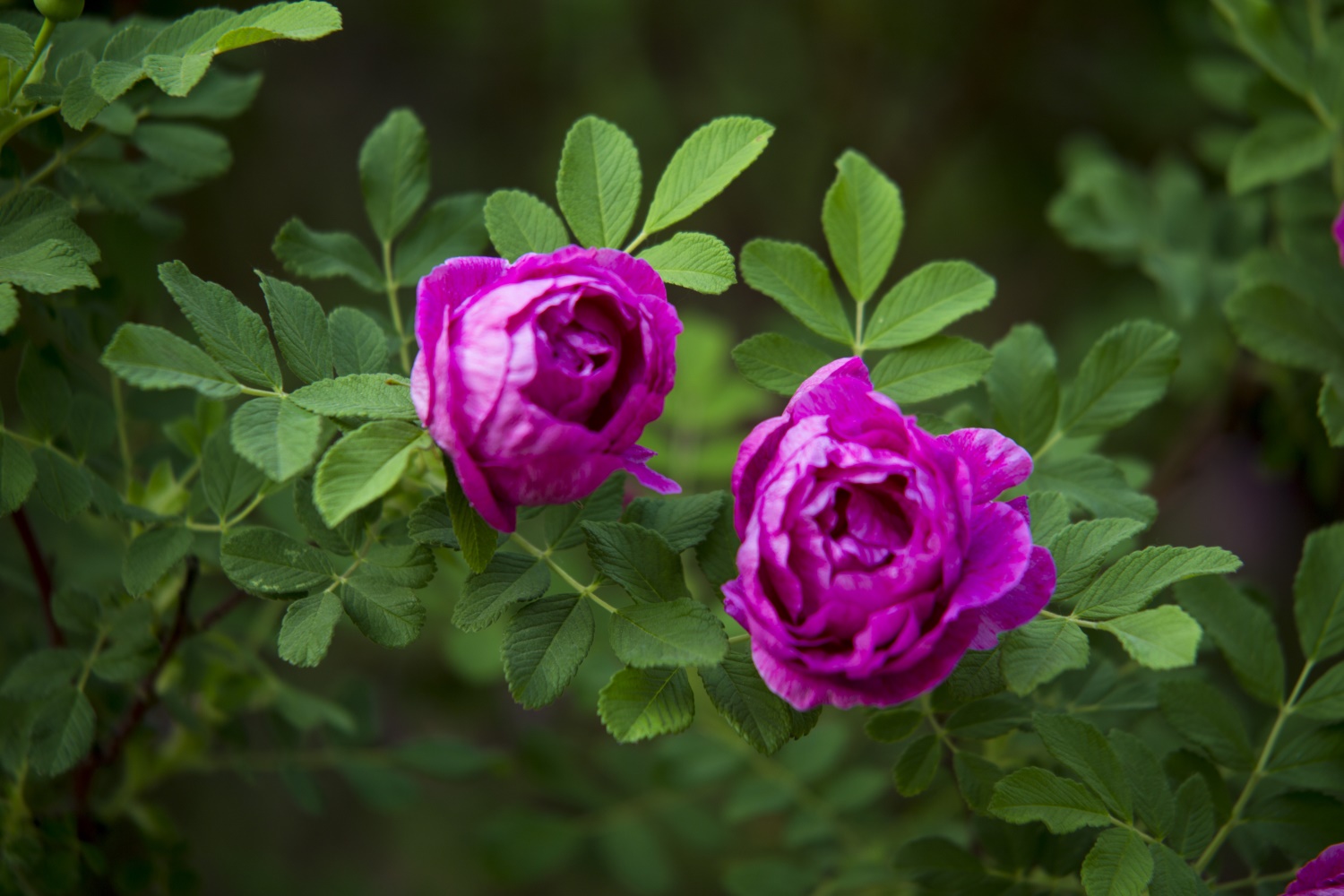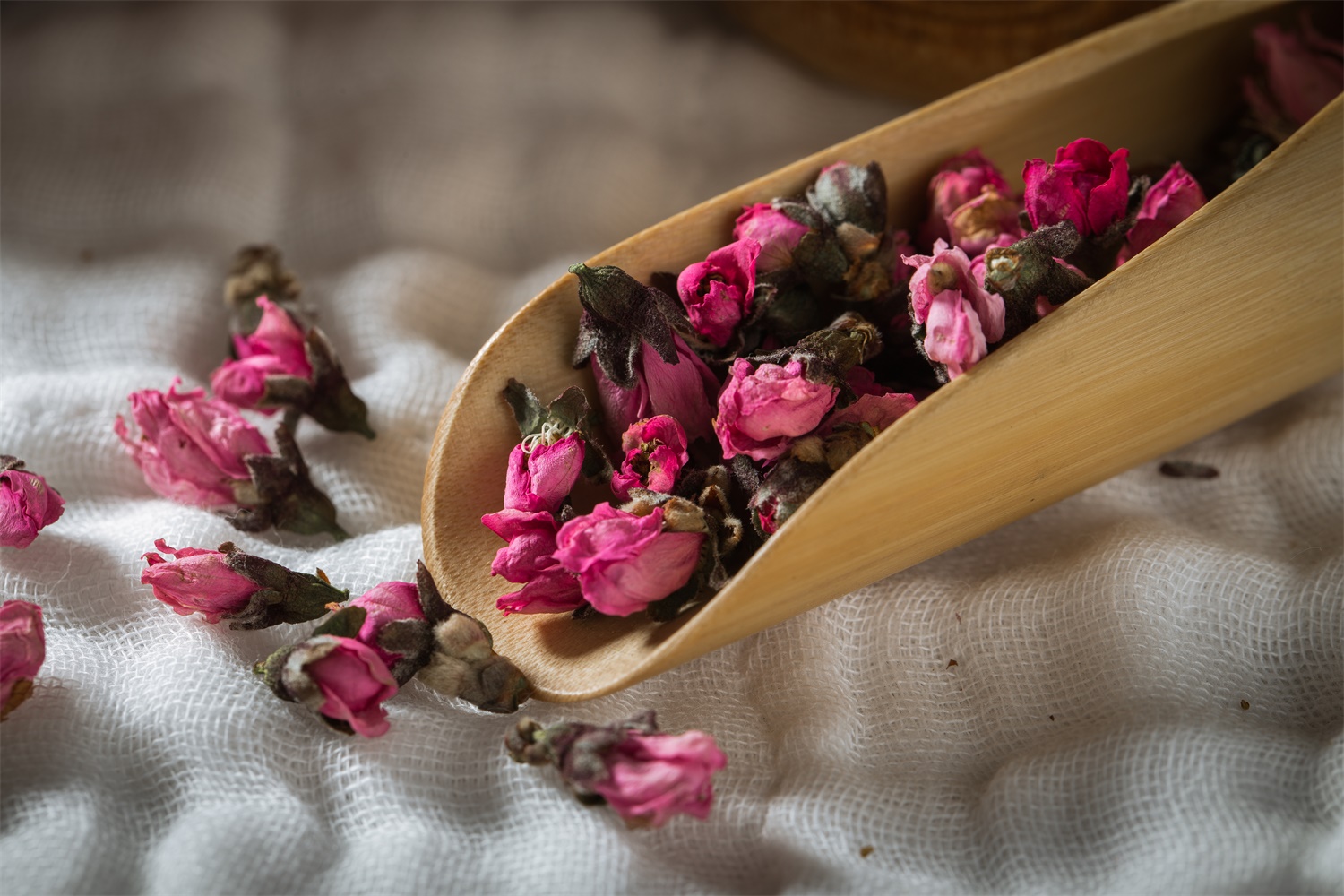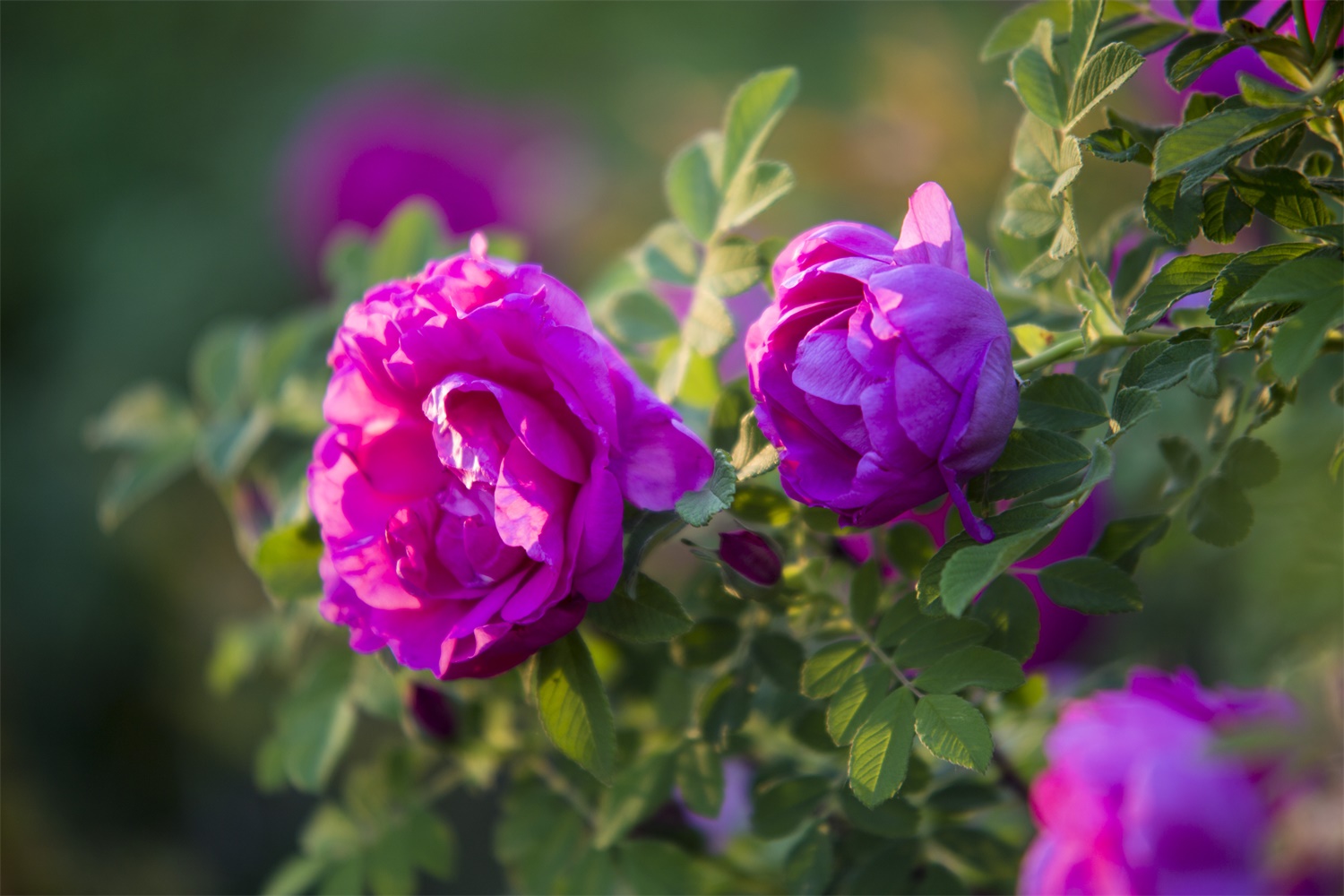1、 Curing method
1. Soil: roses have low requirements for soil and can grow in neutral, slightly alkaline and slightly acidic soil. In order to promote its development, a certain base fertilizer can be added to the soil to provide it with certain nutrients
2. Light: roses are suitable to grow in an environment with sufficient light. Long term storage in the shade will make it grow poorly, resulting in thin plants, yellow leaves and falling. But also to avoid strong light exposure, sunburn leaves and flowers

3. Watering: the growth of roses is inseparable from sufficient water. When the surface of the basin soil turns white, it can be watered, and the substrate should be kept moist. In its growth period, with the increase of temperature, the amount of water should be increased. And the dormancy period should not be watered too much, otherwise it will lead to root flooding
4. Fertilization: roses have a great demand for fertilizer. In the growth period, light fertilizer water should be poured every ten days, and fertilization is not allowed in flowering and winter. However, liquid fertilizer should be applied once after flower withering to supplement nutrition, and organic fertilizer should be applied for overwintering before winter

2、 Reproductive skills
There are many propagation methods of roses, including sowing, cutting, grafting, high pressure and so on. Cutting is convenient and the survival rate is very high. It is usually carried out in autumn and winter. Select strong branches and retain several bud points and upper leaves. Insert the branches into loose and moist soil and keep it at 18-25 ℃ for one month

3、 Pest control
1. Diseases: common diseases include black spot disease, powdery mildew, etc. It is necessary to cut off the diseased branches and leaves and spray carbendazim for disinfection. Pay attention to ventilation during daily maintenance to avoid bacterial breeding
2. Pests: aphids and plants are the main pests. After removing pests, spray Omethoate to kill larvae

 jackfruit
jackfruit snake plant
snake plant hibiscus
hibiscus hydrangea
hydrangea lavender
lavender Green roses climb al...
Green roses climb al... If you don't pay att...
If you don't pay att... Management of four g...
Management of four g...

































